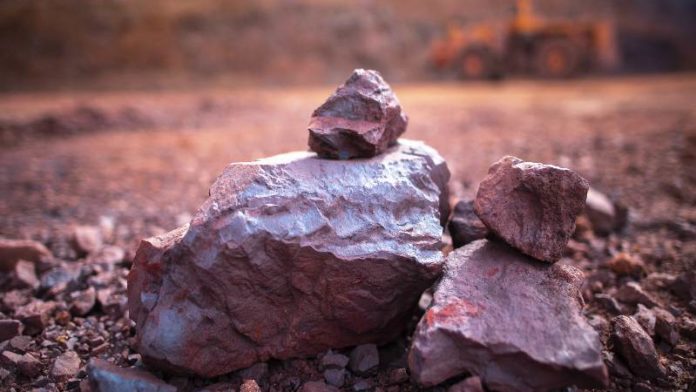
NEAL Froneman, CEO of Sibanye-Stillwater, is not one for curbing his enthusiasm. He did, however, briefly pause during a webinar convened by asset manager NinetyOne earlier this month on the prospects of a metals supercycle to warn against “over-optimism”.
Although Froneman seems convinced by the trajectory of platinum group metal (PGM) prices, his caution is nonetheless an indication that people aren’t sure if recent metal price surges are sustainable.
It’s best to read the small print when it comes to labels like ‘supercycle’. NinetyOne portfolio manager, Hannes van den Berg, pointed out that whilst PGMs have recovered from cyclical lows of five or six years ago, the same couldn’t be said for, say, lithium. A relatively obscure mineral until recent battery technology propelled it to the forefront of the metals cycle, lithium is still in the first blush of a major price appreciation.
The forces behind the metals fever were recently demonstrated by iron ore and copper, the latter having sustained new 10-year highs of about $10,000 per ton. Iron ore, which is used in the manufacture of steel, was recently at $220 per ton, 44% higher year-to-date and 162% higher year-on-year. Just to put this price gain into perspective, Kumba Iron Ore’s average realised iron ore price in its 2020 financial year was $115/t from which it paid an R17.8bn dividend.
Citing Oversea-China Banking Corporation, Bloomberg News said the iron ore price could test $250/t in the next 12 to 18 months. Given Kumba’s unit cost last year was $34/t, that’s an incredible operating margin, hence its all-time share price mid-May, valuing the firm at R230bn.
So what of the metals supercycle: what’s driving it and can it be believed? The consensus is that adoption of decarbonisation, especially in public policy, is providing long-term momentum, assisted by fiscal stimulus and the global vaccination programme. Unlike normal recessionary cycles, the Covid-19 pandemic’s imminent demise has unleashed an immediate burst of jocund conviction.
The metals supercycle, however, is also a question of supply. Having overspent on market share in the last up-cycle, mining firms have been reticent to spend on resource renewal, preferring instead modest brownfield extensions and putting spare cash into the hands of investors in an effort to restore faith in the mining market.
Whilst China’s economy continues to grow – steel production is expected to thrive notwithstanding its current high levels – it’s the paucity of supply that stands out in the current cycle. “Given the fundamental backdrop, and low inventories, we see a risk that the red metal (copper) may spike to $13,000/t,” said Bank of America Research (BoA) in a recent report.
Following deficits in 2021 and 2022, it expects a rebalancing of the copper market in 2023 and 2024, before “… renewed shortfalls and another draw on inventories kick in from 2025,” the bank said. This is about the time Orion Minerals’ R5bn Prieska Copper-Zinc Project kicks into gear. “I wouldn’t be doing this if I weren’t bullish on the price,” said Orion’s CEO, Errol Smart. “But nothing can step into copper’s place.”
Citing Freeport McMoRan, one of the world’s largest copper producers, Goldman Sachs said new supply in the form of a new mine could take five to 10 years to materialise. “Beyond the few projects coming on line in the near term, the supply response appears more uncertain,” it said.
Yet the supercycle is neither synchronous, as its catch-all name would suggest, or linear. Lithium prices may have gained 50% this year but there is a degree of idled production waiting to be reintroduced to the market.
Longer-term, lithium – like copper and other base metals including zinc and nickel – have a limited supply-side response written into them. But its price could remain capped, says BoA adding that “… acknowledging a combined ‘probable’ capacity of 350,000 tons by 2025, lithium may end up being a market that is growing exponentially in size but prices could end up being more constrained”.
Froneman’s warning of over-optimism may be best exercised selectively, it would appear although global head of thematic investing for Blackrock, Evy Hambro, had this to say: “One of the things that drive commodities to their peak is financial demand, rather than physical demand. We’re seeing a global greening of the world that’s going to be very commodity intensive, and that trend is likely to last decades.”











